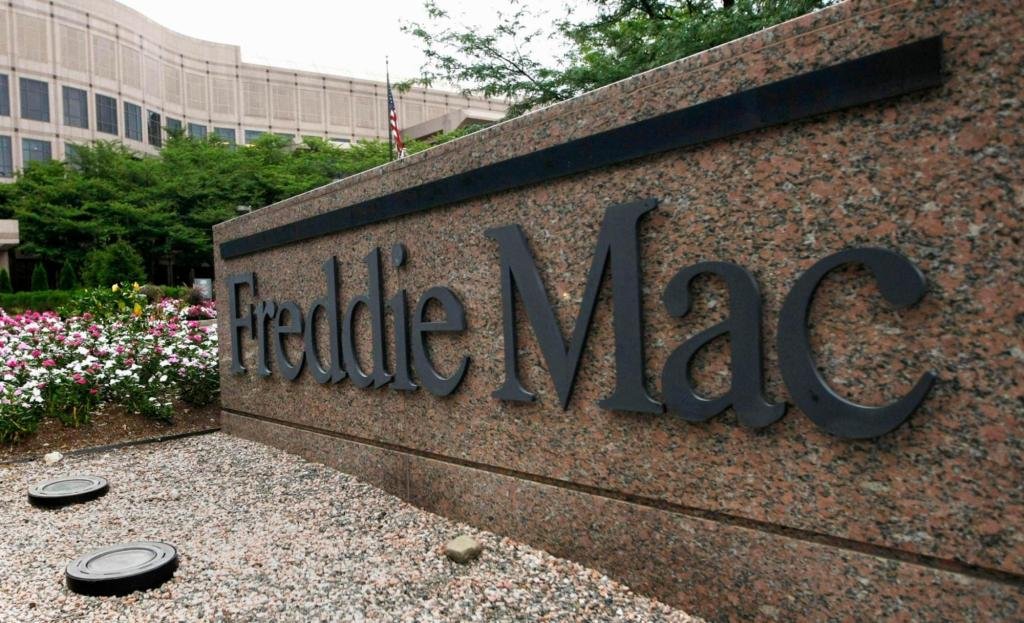Mortgage Rates Dip: A Glimmer of Hope for Homebuyers
As the summer sun glared on New York City’s skyline, a thrilling promise shimmered in the shadow of the towering skyscrapers—mortgage rates had dipped to levels unseen since early April. For Jenny Martinez, a 32-year-old first-time homebuyer, this news felt like her long-awaited reprieve. “It’s been a rollercoaster of emotions,” she shared while sipping her morning coffee, her eyes glued to the latest market updates. “After months of feeling priced out, I finally see a light at the end of the tunnel.”
The Current Landscape
The latest figures from mortgage buyer Freddie Mac reveal the average rate on a 30-year U.S. mortgage has dropped to 6.67%, in stark contrast to 6.95% just a year ago. This decline marks the fifth consecutive week of falling rates—a breathe of fresh air for potential buyers mired in a sluggish housing market.
The implications of this trend are significant. High mortgage rates have effectively diminished purchasing power, leading many to defer their dreams of homeownership. According to the National Association of Realtors, sales of previously occupied U.S. homes plunged to their lowest levels in nearly three decades last year. The pressures from elevated mortgage rates and slightly rising home prices have swayed many buyers to retreat, resulting in a market that some experts characterize as stagnant.
The Economic Ripple Effects
Yet, the recent softening in mortgage rates is starting to pivot the tide. The Mortgage Bankers Association reported a 2.7% increase in mortgage applications last week, suggesting that hesitant buyers might be reconsidering their stances. According to Dr. Emily Fields, a housing economist at the Institute for Economic Research, “The expectation is that as rates stabilize between 6% and 7%, we will likely witness an uptick in sales in the coming months.” What’s fueling this potential resurgence?
- Interest Rate Policies: The Federal Reserve’s approach to interest rates plays a defining role in shaping mortgage trends.
- Market Dynamics: Investor sentiment in the bond markets significantly influences the yields that drive mortgage pricing.
- Consumer Behavior: A stable financing environment encourages prospective homebuyers to initiate purchases sooner rather than later.
Recent Shifts in Buyer Sentiment
The juxtaposition of rising average home prices against lowering mortgage rates has instigated a wave of renewed interest among buyers. “It’s almost a paradox,” observed Jonathan Rhys, a real estate analyst at MarketSense. “While higher prices typically push buyers out, lower borrowing costs can offset that impact. We might finally be seeing the beginning of a balancing act.”
As pending home sales registered a 1.8% increase in May, economists are cautiously optimistic. This metric—signaling potential future sales—encapsulates the pulse of the market, reflecting a gradual shift in buyer confidence. However, for every optimistic indicator, challenges loom large. Last week, reports revealed a 14% drop in new home sales—a stark reminder of the housing sector’s fragility amid evolving economic conditions.
The Influence of Treasury Yields
The bond market’s fluctuations also leave lasting impressions on mortgage rates. The 10-year Treasury yield—a marker that lenders reference while pricing home loans—was reported at 4.33%, down from 4.58%. This lingering correlation signifies that the broader economic factors at play can swiftly alter the landscape for hopeful buyers. “The affordability index tends to fluctuate in sync with these bond yields,” Dr. Fields noted. “When yields drop, it translates into lower mortgage rates, making homes more attainable for many.”
Market Outlook and the Future of Homeownership
The outlook for the housing market remains uncertain. Experts widely agree that maintaining affordability will be paramount for the foreseeable future. “Given the intertwining variables—interest rates, economic growth forecasts, and bond yield behavior—the coming months will be critical for determining the direction of the housing market,” asserted Rhys. A slight dip in rates could ignite a surge in demand, but persistent inflation concerns and economic uncertainties hack away at such optimism.
Despite these headwinds, some trends remain clear. People like Jenny are waiting patiently, ready to act when the time feels right. “This drop gives me hope,” she exclaimed, contemplating homes in neighborhoods that once felt out of reach. “I’m ready to be a homeowner.” As the sun sets over the bouncing horizon of New York, the upcoming months will determine whether that hope materializes into a new reality for many like her, wrestling with a dream that feels simultaneously closer yet still distant.





